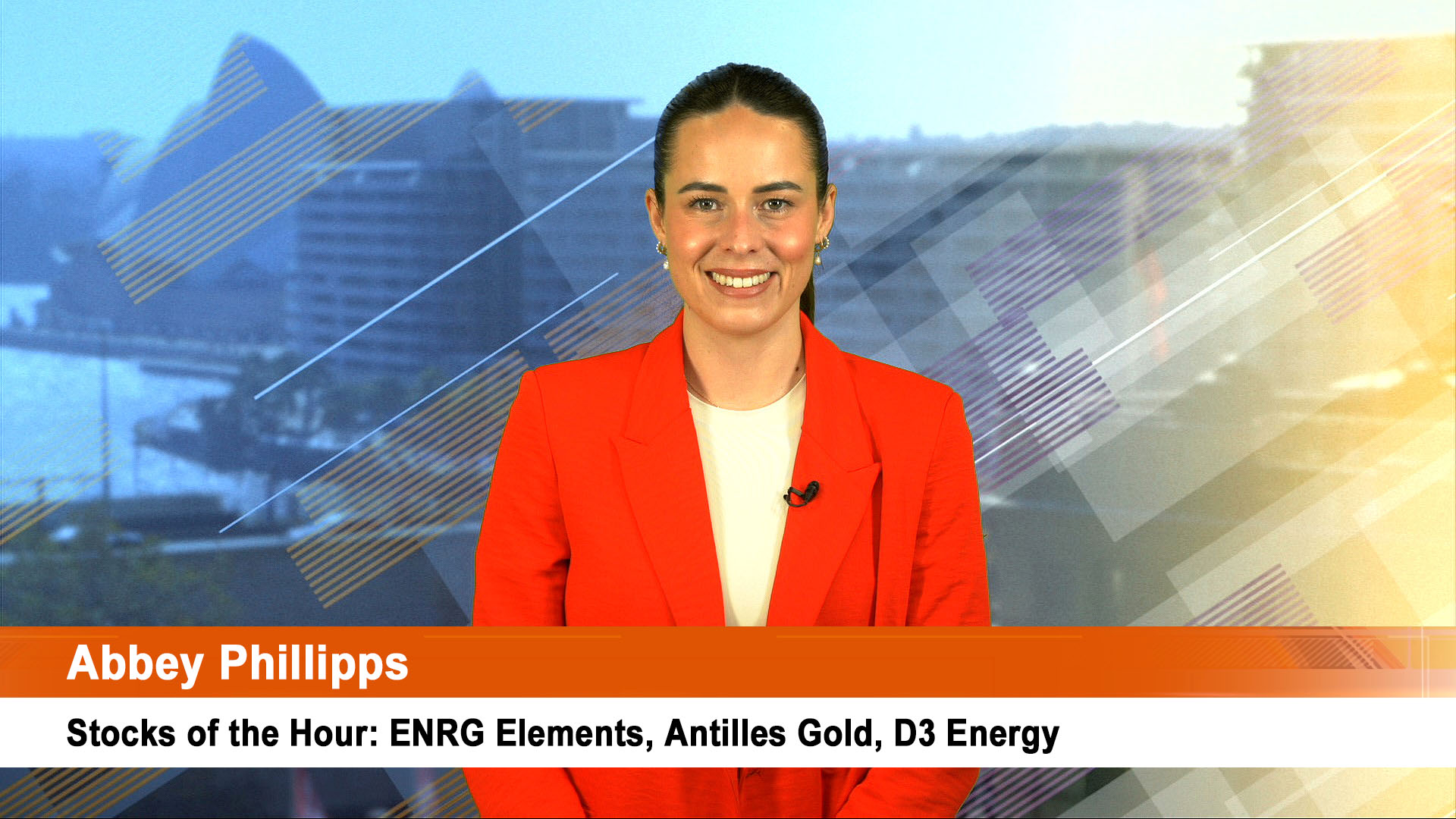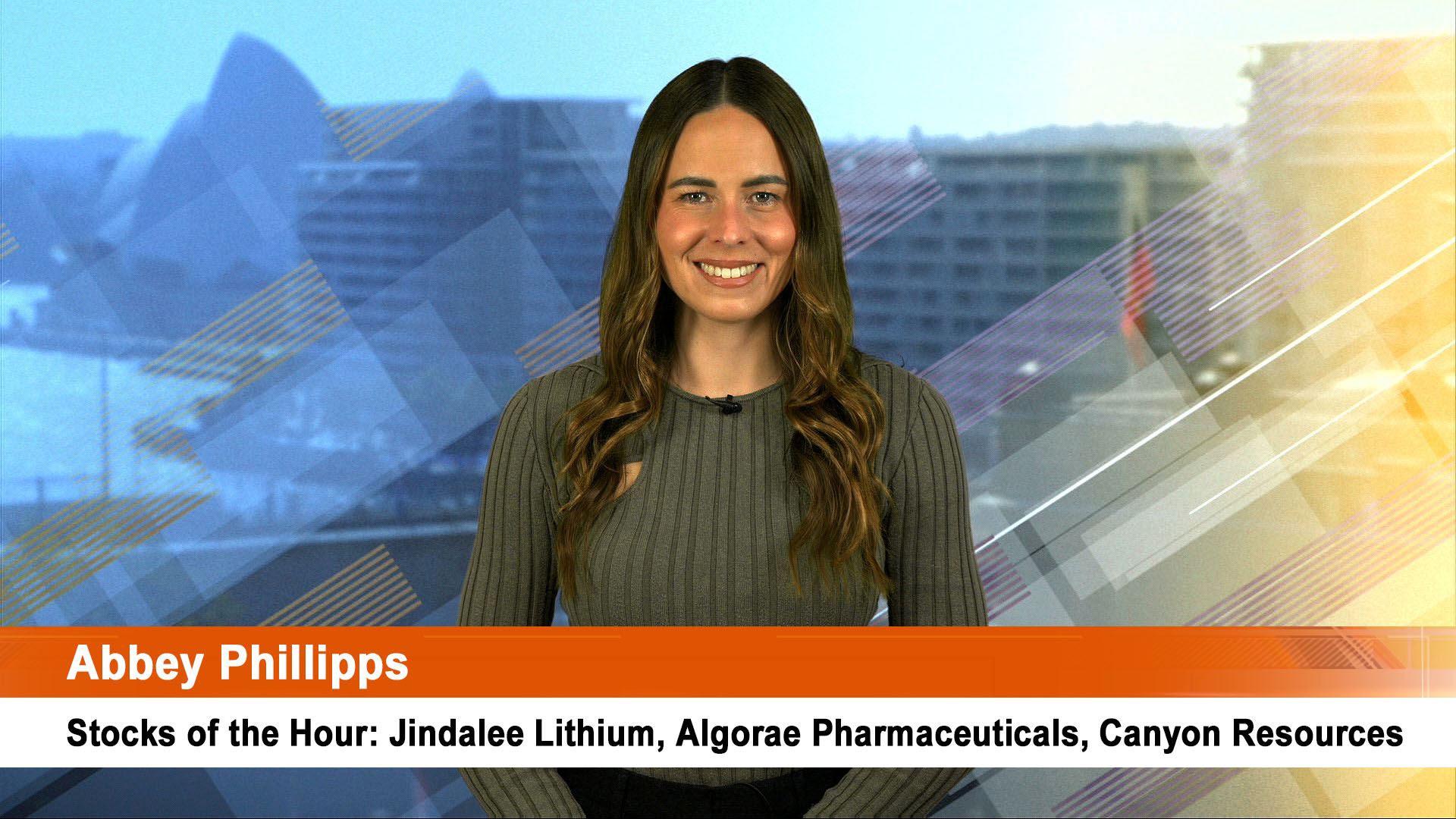Oh dear, another round of handwringing and fretting over a surprise economic figure, this time the 0.1% dip in retail sales in August, especially in some of the Fairfax media websites and papers.
While a surprise (the market had been looking for an 0.4% rise), there’s no sign of a widespread downturn in retail activity and the fall was only in seasonally adjusted terms.
The handwringers ignored (as they always do) another strong performance by the car market where sales topped 90,000 units in August, up from July last year and on track to top 1.1 million units by the end of December and possibly a new record.
If we treated car sales the same as the US did and incorporated them into the retail sales data, we would get a better idea of how household consumption was travelling.
In fact there’s probably a very easily understood reason for the dip in retail sales – the tax changes for small business in the May budget, which pulled forward sales to June (which were up 0.7%), only to see a fall in activity in July because the end of the tax year is 12 months away, so need to go out and buy.
It was a different story in the ABS trend data which attempts to smooth out the more volatile seasonally adjusted figures. The trend series had July retail sales growth of 0.2%, but that was after nine months of steady 0.3%. But it was growth, and more accurate than the headline dip figure.
The 0.1% dip in July was the first fall since May last year when Joe Hockey’s horror first budget flattened demand within days. That seasonally adjusted fall quickly became a lengthy period of weak growth.
And of course the media yesterday had to link the sales dip to the weak June quarter growth, when there is no link.
Retail sales softer but not shocking
.png)
The Bureau of Statistics figures showed there was a seasonally adjusted increase in July in spending on clothing, footwear and personal accessory retailing of 2.9%, department stores (1.3%) and cafes, restaurants and takeaway food services (0.3%).
But food retailing did not grow at all. But it has to be pointed out food price deflation has been reported by the big supermarket chains, especially in fruit and vegetables.
And there were falls in household goods retailing of 1.9% and other retailing (-0.6%).
The fall in spending was not spread evenly across the states and territories. Spending rose in Queensland and WA (by 0.3% in each state, ) and by 0.1% in the small Northern Territory economy.
But it fell in South Australia (by 0.8%), and fell by 0.2% in each of NSW, Victoria and the ACT. Tasmania did not see any growth in retail turnover.
The AMP’s chief Economist Dr Shane Oliver said that while "periodic negative months are not unusual, particularly in an environment of low retail price inflation, a failure to see a bounce back in retail sales for August would be a concern in that consumer spending is one key sector of the economy helping to offset the mining investment slump".
"Low interest rates, demand related to new home completions and wealth gains (assuming the share market bounces back) should help offset the drag from low wages growth and subdued consumer confidence and ensure reasonable retail sales growth over the year ahead.
"NSW remains the star performer with retail sales up 5.2% year on year highlighting that the rebalancing of the economy is continuing," Dr Oliver added.
And there was also a noticeable improvement in the July trade performance after the blowout in June (and the June quarter).
The ABS said the trade deficit in July fell to a seasonally adjusted $2.5 billion, from $3.1 billion in June, thanks to flat imports and stronger exports.
Meanwhile the car industry group, the FCAI (Federated Chamber of Automotive Industries), said in a release that Australians bought 90,705 new passenger cars, SUVs and commercial vehicles in August – up 2.9% from August 2014.
The 90,705 vehicle sales brings the year-to-date total to 761,440 – 3.2% more than the same for the first 8 months of 2014.
Small SUV sales again drove overall sales higher, rising by more than 50% in August.
"Sales of SUVs increased 19.4 per cent on August 2014 figures, with a large part of that growth in the small SUV segment, where sales increased by 51.3 per cent. Medium SUV sales rose 15.8 per cent and large SUV sales grew 4.5 per cent. The upper large SUV segment fell 3.3 per cent," FCAI head Tony Weber said.
"Passenger car sales fell 4.6 per cent and light commercial vehicle sales fell 6.1 per cent.
"Sales to private and business buyers increased in July 2015, with private buyers purchasing 1.7 per cent more vehicles and business buyers purchasing 4.4 per cent more vehicles. Both buyer types increasingly chose SUVs, with private buyers taking home 22 per cent more SUVs than in August 2014; and business buyers driving away with 12.1 per cent more SUVs. Sales to government fell 6.3 per cent.
"Across the country, sales rose in most states and territories. Sales were up 2 per cent in the ACT, 7.5 per cent in New South Wales, 5.9 per cent in Queensland, 20.6 per cent in Tasmania and 1.8 per cent in Victoria. Sales fell 5 per cent in the Northern Territory, 9.4 per cent in South Australia and 8.4 per cent in Western Australia," he added.













